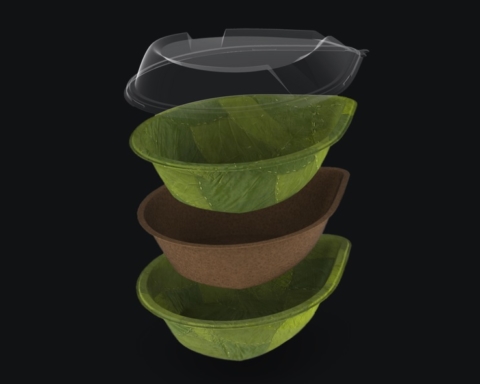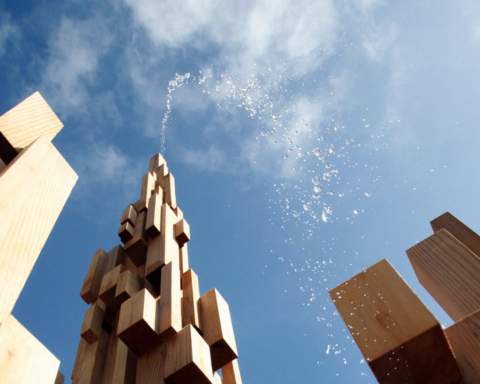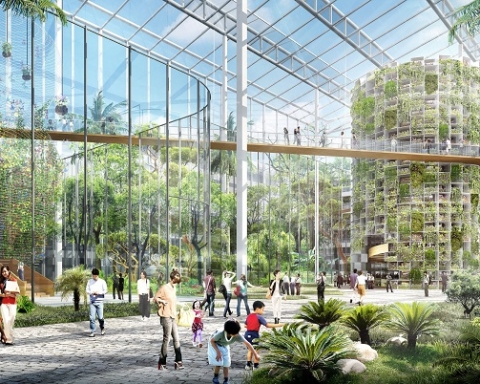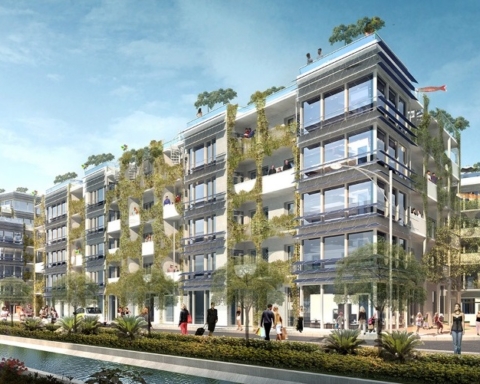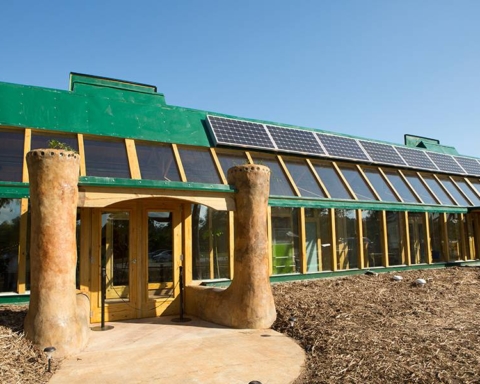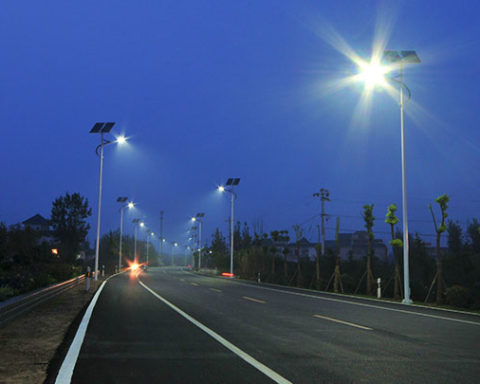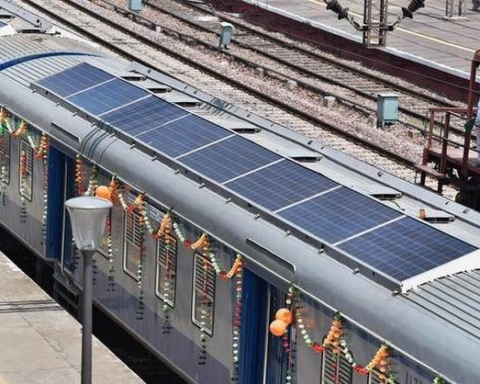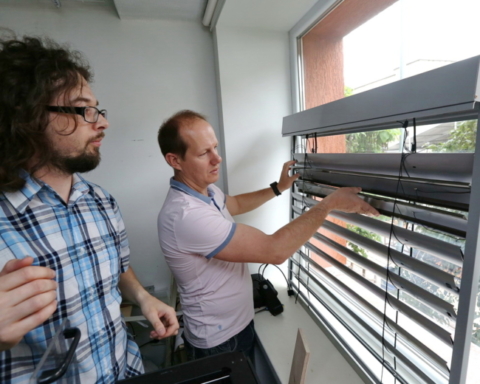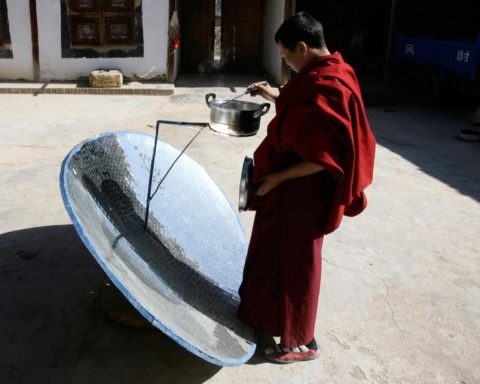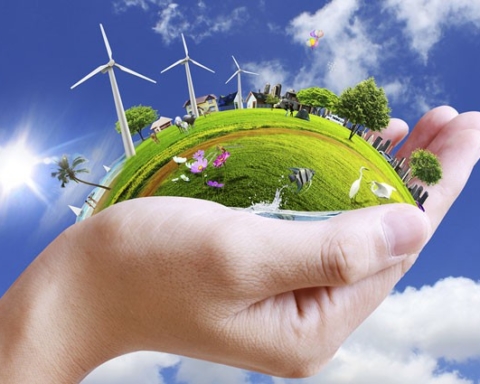Perched on a small hill in Baden-Württemberg, this Aktivhaus (active house), designed by architect Werner Sobek, produces two times more energy than it consumes. The “triple zero” house is the pride of Stuttgart, Germany.
Built in 1927, the Weissenhof Estate on Killesberg hill in Stuttgart has created a revolution in the construction industry. Designed by various world-renowned architects, they have shown how we can build and live in the future. However, some parts of the Weissenhof Estate were destroyed during the war and were then rebuilt – with the exception of a plot in Bruckmannweg, unused since 1945.
The research project called “B10”, an abbreviated address of ‘Bruckmannweg 10’, is the first Aktivhaus worldwide. The active house is an innovative and sustainable building, which produces all the electricity it needs from sustainable energy sources, and which materials can be 100% recycled. Unlike the passive houses, which consume a tiny amount, the active house produces twice as much energy than it uses.
New offices and highly sustainable homes could create a surplus of energy to power the old buildings
Architect Werner Sobek designed the house using the “triple zero” concept. That is; zero energy, zero emissions and zero waste. Inside, a small box the size of a modem, allows the house to regulate the consumption of solar energy. Connected to the web, this smart box is able to analyze and predict the weather, and to adapt. If it is cold, the heating is automatically switched on.
If it is hot, it is turned off. The 40 solar panels on the roof generate 10KW hours at maximum capacity, more than enough to power the house and that of the neighbour.
A lithium-ion battery 11Kw hour, manufactured by renewable energy company Knubix, stores energy generated in peak times for use at night and in cloudy weather. This house also provides intelligent consumption management.
The house is quite small, about 85 meters square. The building frame is made from untreated wood from sustainable forests, with internal walls including the fabric taut. Panels stretched on the ceiling can also be clipped and potentially exchanged for new colors. All the lights are clipped into the ceiling and can be removed and replaced easily.
The exterior of the Haus B10 is covered with a white sheet of glass fiber and silicon. Some steel and aluminum are used, but unsustainable and toxic materials cut to the minimum.
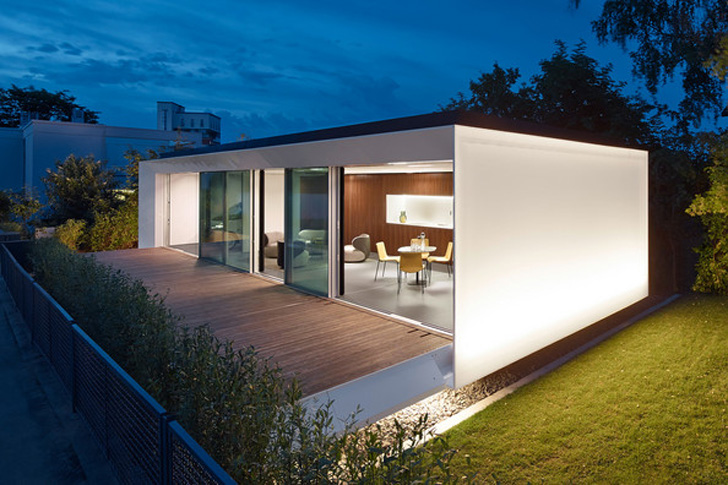
Thorsten Klaus, a research and development engineer at alphaEOS, one of the companies working on the project, describes it as a “really sustainable smart home” in terms of technology and durability.
These buildings, he said, could be used as a cheaper alternative and more environmentally friendly renovation of old buildings. “In the future, new offices and highly sustainable homes, could create a surplus of energy to power the old buildings and provide additional energy to the neighborhood,” says Klaus.
Since January the Aktivhaus is made available to interested persons who can live there for two weeks to test the effectiveness of the control system, and more generally the sustainability of the house in situ.
The house will be moved, and eventually dismantled next year. This will be a rather easy task, as it can also be fully recycled.



